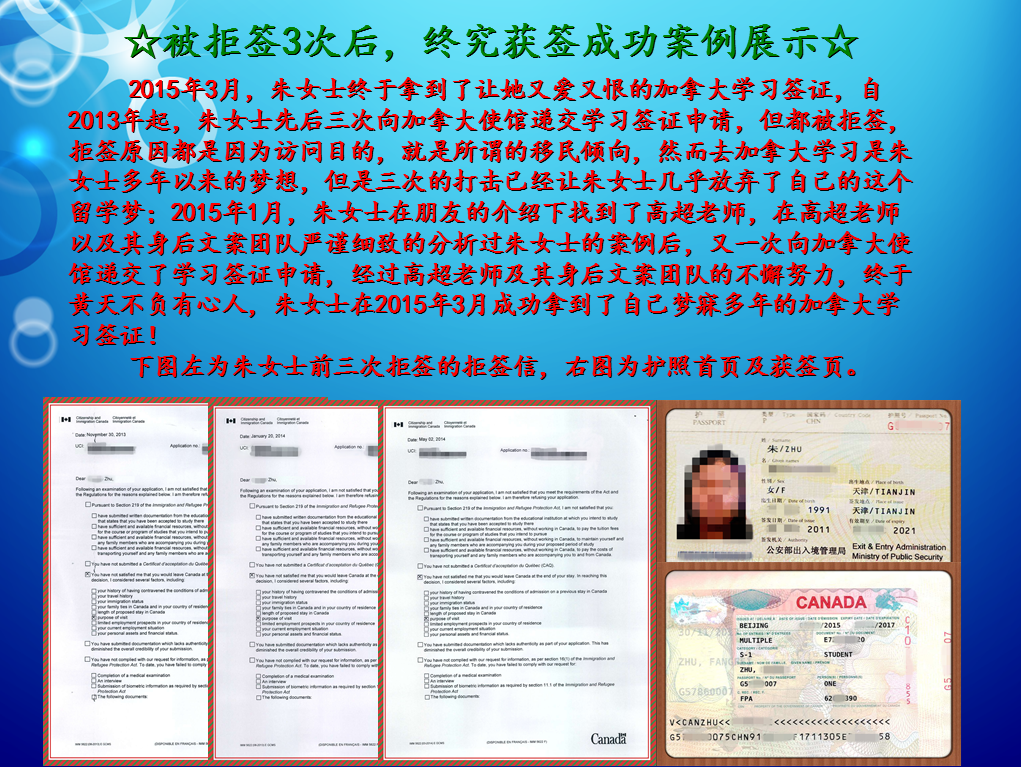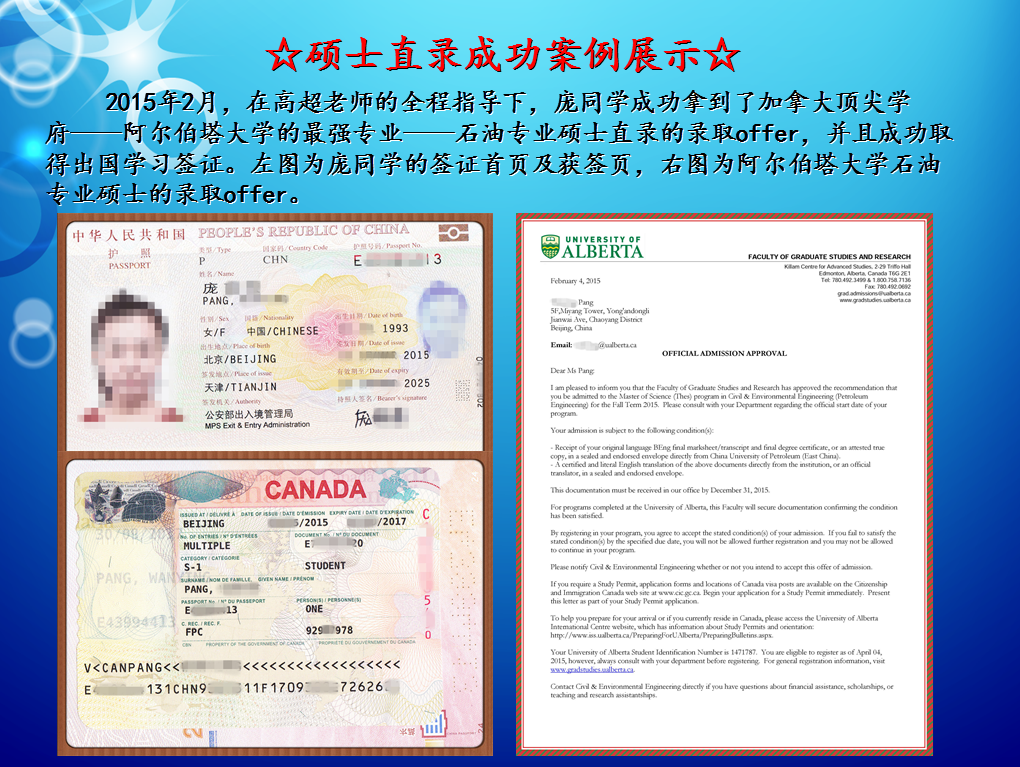GMAT作文机经整理:裁员并与咖啡店合作提升利润.
2017-08-10 276阅读
4月5日GMAT换库后,小编为大家收集整理4月份的GMAT作文机经,这篇是关于裁员并与咖啡店合作提升利润的文章,分享给大家,希望对大家有所帮助,仅供参考。
【原始】
作文:貌似和之前的机经都不一样...说的是某个地方的一堆连锁店的,开头是尽管我们公司最近的销售量都同往年一样,但是利润却在下降,为了提升利润,计划在每个店面削减10个employees以及减少product displays和samples,还打算和一个连锁咖啡店合作,由于调查显示我们的商品和咖啡店的商品相类似,所以和他们合作,可以吸引他们一部分的顾客。
【原题】
Greentree Grocers has been experiencing high sales volume but decreasing profit margin. Its customers are wealthy people looking for gourmet food and luxury shopping experience, so it must cut costs without hurting the customers&apos shopping experience. So it plans to layoff 10 employees per store and eliminate expensive displays and free samples. In addition, it will partner with XX Cafe to have a coffee shop in each store. This is supported by a recent survey that the Grocers and the Cafe attract similar types of customers. The conclusion is that Greentree Grocers will experience high sales volume as well as high profit margin
【参考思路】
1. 作者忽略裁员和减少试用的负面影响,如服务质量下降,顾客满足感下降这种效果在奢侈品店尤为明显,因此可能减少销售量。
2. 作者没有对咖啡店的收入成本分析。很可能咖啡店带来的收入弥补不了咖啡店的成本。开咖啡店需要占用更大面积而且雇佣更多员工。
3. 另外影响MARGIN的因素有很多,如果原材料成本上升很快,裁员也是杯水车薪。
4. survey数据不可靠(how recent,sample是否random chose等等)
5.购买GG产品和去咖啡店的错误类比.
1. Gratuitous Assumption——那些措施在降低成本的同时不会有其他的影响,不一定,作者忽略 裁员和减少试用 的负面影响 如 服务质量下降,顾客满足感下降 这种效果在奢侈品店尤为明显。 因此可能减少销售量。
2. Gratuitous Assumption——开了咖啡店就能增加收入,不一定——收入成本分析cost-benit analysis。 很可能 咖啡店带来的收入弥补不了咖啡店的成本。 开咖啡店需要占用更大面积而且雇佣更多员工。
3. Causal Oversimplification——margin降低是因为员工多展品多。不一定。另外影响MARGIN 的因素有很多,如果原材料成本上升很快,裁员也是杯水车薪。
4. 那个survey也有问题——吸引相同的人也不代表去某一个的时候就会去另一个,或者因为想去某一个而去另一个,比如今天不想逛街,就算去喝咖啡也不会去grocery的。 也不知道when,how,target 是什么
【参考范文】
In the argument, the author concludes that Greentree Grocers will experience high sales volume as well as high profit margin by laying off employees, eliminating expensive displays and free samples and partnering with XX Café to equip each store with a coffee shop. To support the argument, the author claims that this proposal can help cut costs without hurting the customers’ shopping experience. In addition, the author cites a recent survey which shows that the Grocers and the Café attract similar types of customers. At the first glance, the author’s argument appears somewhat convincing, but further rlection reveals that it suffers from several logical flaws.
In the first place, the author commits the fallacy of “Gratuitous Assumption”.
The author unfairly assumes that these changes can help cut costs without bring about other influences.
However, the author fails to consider the negative fects of laying off people and eliminating expensive displays and free samples.
It is possible that customers may feel less contented because fewer clerks and displays reduce the luxury shopping experience, in turn causing a fall in sales.
Thus, it is impossible to conclude that these changes will meet the expected goals.
In the second place, the author commits again the fallacy of “Gratuitous Assumption”.
The argument rests on the ill-founded assumption that equipping each grocer with a coffee shop is sure to bring up more sales.
However, it is not necessarily the case.
Without providing a detailed cost-benit analysis, the author can’t justify that the partnership with XX Cafe is going to work.
It is possible that the partnership would cost the Greentree Grocers so much money that the sales from the coffee shop can’t offset because more areas and more employees are required.
In the third place, the author commits the fallacy of “Causal Oversimplification”.
The author uses the positive correlation between the margin and the number of employees and displays to establish causality.
However, the fact that these two things coincides with each other does not necessarily mean that the latter causes the former.
The reasoning is fallacious unless other causal explanations have been considered and ruled out. For example, the increasing cost of the material cost may account for the decreasing margin. Under this circumstance, laying off people and eliminating displays are just “A drop in a Bucket”.
In the fourth place, the survey is too vague to be informative.
The author fails to mention in the argument who conducted the survey, who responded and when, where, how the survey was conducted.
Lacking the information about the number of people surveyed and the number of respondents, it is impossible for us to access the validity of the result.
For example, if only 10 people responded to the survey, the result of the survey is far from usul
Unless these questions are answered, the result of the survey is worthless as evidence of the argument.
In conclusion, the argument is logically flawed for the above reasons. To substantiate the argument, the author should provide more information and evidence to figure out the exact reasons for the decreasing margin. Also, the author needs more information to conclude that the partnership with XX Café will meet its goal. In addition, possibilities that would undermine this argument should be considered and eliminated.
以上就是关于裁员并与咖啡店合作提升利润的GMAT作文机经的全部内容,考生朋友可以有选择的看看,最后需要提醒各位的是,机经虽然会对我们解题有所帮助,但是在考场中即使题目很像也要避免秒选,最后祝大家都能考出好成绩。
留学咨询
更多出国留学最新动态,敬请关注澳际教育手机端网站,并可拨打咨询热线:400-601-0022
留学热搜
相关推荐
- 专家推荐
- 成功案例
- 博文推荐

Copyright 2000 - 2020 北京澳际教育咨询有限公司
www.aoji.cn All Rights Reserved | 京ICP证050284号
总部地址:北京市东城区 灯市口大街33号 国中商业大厦2-3层









高国强 向我咨询
行业年龄 12年
成功案例 3204人
留学关乎到一个家庭的期望以及一个学生的未来,作为一名留学规划导师,我一直坚信最基本且最重要的品质是认真负责的态度。基于对学生和家长认真负责的原则,结合丰富的申请经验,更有效地帮助学生清晰未来发展方向,顺利进入理想院校。
Amy GUO 向我咨询
行业年龄 17年
成功案例 4539人
一切的一切从现在开始.用自己的态度闯出一片天
薛占秋 向我咨询
行业年龄 11年
成功案例 1869人
从业3年来成功协助数百同学拿到英、美、加、澳等各国学习签证,递签成功率90%以上,大大超过同业平均水平。
Tara 向我咨询
行业年龄 7年
成功案例 1869人